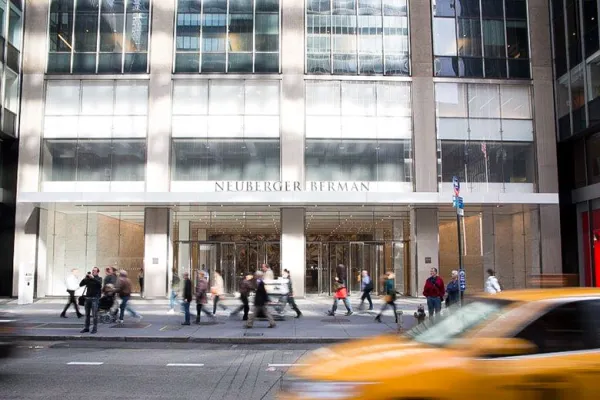The New York City Retirement System is working on changes that will alter the investment strategy of the nation’s largest city.
NYCRS is reviewing its strategic asset allocation and internal operations, in particular.
The asset allocation project was prompted by a change to New York law in December 2022. The new law — the basket clause — will allow state pension plans to increase their alternative investment allocations to 35 percent from 25 percent.
“These are two very big things,” Petya Nikolova, deputy co-CIO, said via Zoom. “One determines how you invest going forward. Asset allocation contributes over 90 percent of the return. And then the second part is how do we do it.” Nikolova and Eneasz Kadziela were promoted to deputy co-CIOs at the end of the year, after New York hired a new chief investment officer, Steven Meier, in July.
“It’s a great opportunity for us with this asset allocation to think about asset classes on the private side,” Nikolova said.
The allocation process will consider how NYC addresses global diversification in its portfolio, including its private equity portfolio. The process will also evaluate whether emerging market debt, convertible bonds, and commodities are appropriate investments for the city. A team will also review benchmarks, cash, and how to manage the portfolio’s overweight in private markets.
The pension expects to complete the project, including a strategic asset allocation for 2024, by the end of the year.
A second initiative was launched in October. The Strategic Accountability and Tactical Review Project, as it’s known, is reviewing internal operations, including how the NYCRS team works with consultants and trustees. The project also will consider communication with trustees, the asset allocation and benchmarking process, the role of consultants, and the process for procurement and selecting managers.
“We see this as an opportunity to challenge how public pension plans operate and manage pension plan assets; how we think about institutional investing and our role as investors, and therefore challenge the orthodoxies that have governed our processes and practices,” according to a memo.
In April, the oversight committee is expected to complete its first review, with a final report in June. The pension will start implementing recommendations in July.
In addition to playing a role in the allocation and operational reviews, Nikolova, who began her investing career in infrastructure at the Bank of Ireland and WestLB, will continue her work on the city’s infrastructure investments.
“We are seeing — and will be seeing — how infrastructure is proving the inflation protection aspect of its investment thesis,” she said. “So far, in our portfolio, we are seeing the linkage, we are seeing the revenues go up. That is moving in the right direction.” Nikolova joined the NYC Comptroller’s office to help set up and lead its infrastructure investment efforts in 2012.
Nikolova said the investments are largely insulated from the impact of rising rates. The underlying deals in infrastructure managers’ portfolios usually have long-term loans with fixed interest rates, she said.
Since the program’s inception, NYC has invested and committed more than $11 billion globally in 16 infrastructure strategies. During that time, the strategy has delivered a net internal rate of return of around 12 percent, Nikolova said.
“We started little by little,” Nikolova said. “There was no separate allocation to infrastructure. We were very selective in the funds that we invested in.”
Over time, the pension fund’s allocation grew to 4 percent in the asset class. The pension focuses on globally diversified infrastructure funds, which can help mitigate the funds’ potential volatility during times of stress.
The Covid-19 pandemic, which shut down all but essential travel during the early days, had a massive impact on transportation-related infrastructure, such as toll roads and airports. Other sectors like digital infrastructure performed strongly. “That’s the reason for diversified portfolios,” Nikolova said.







